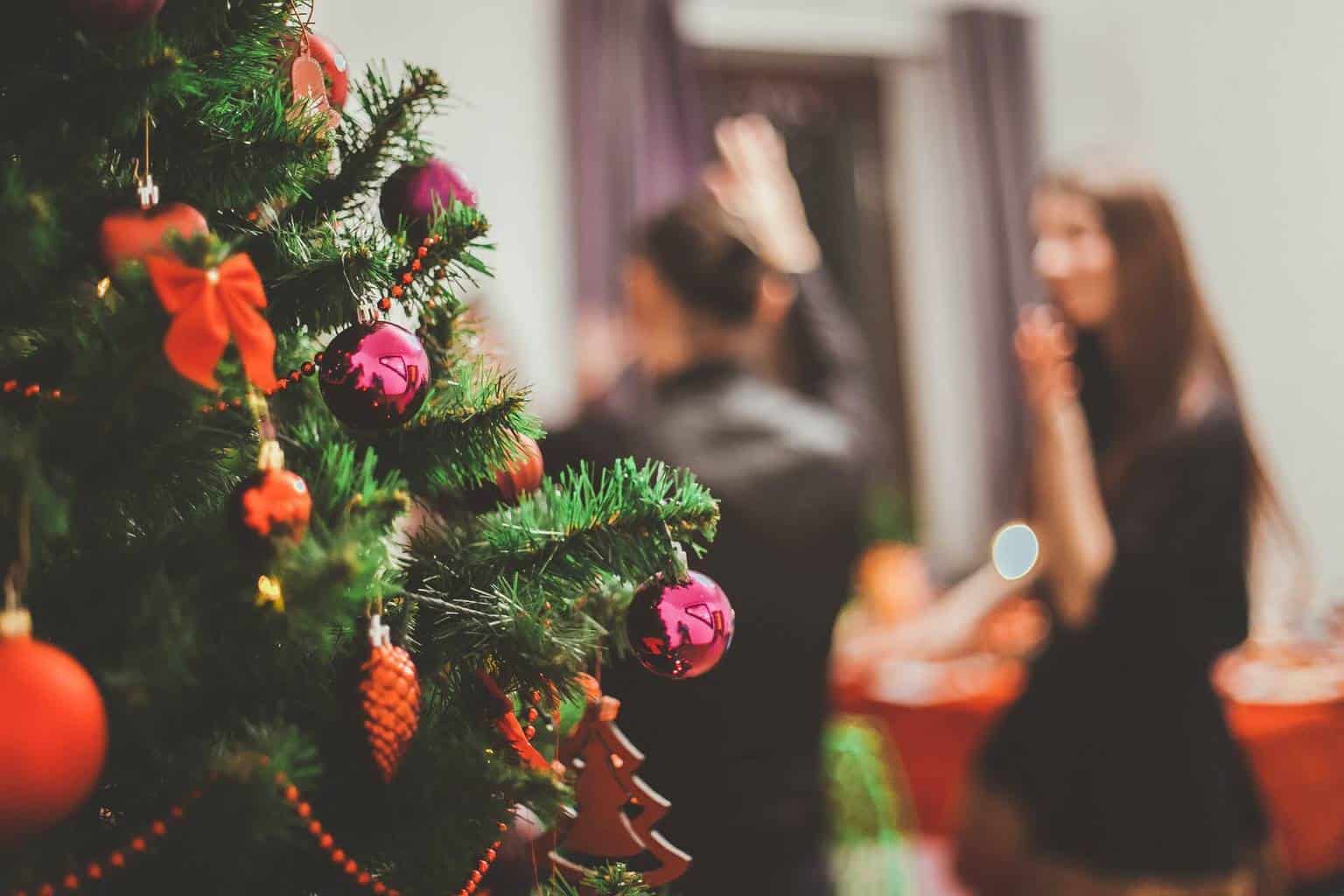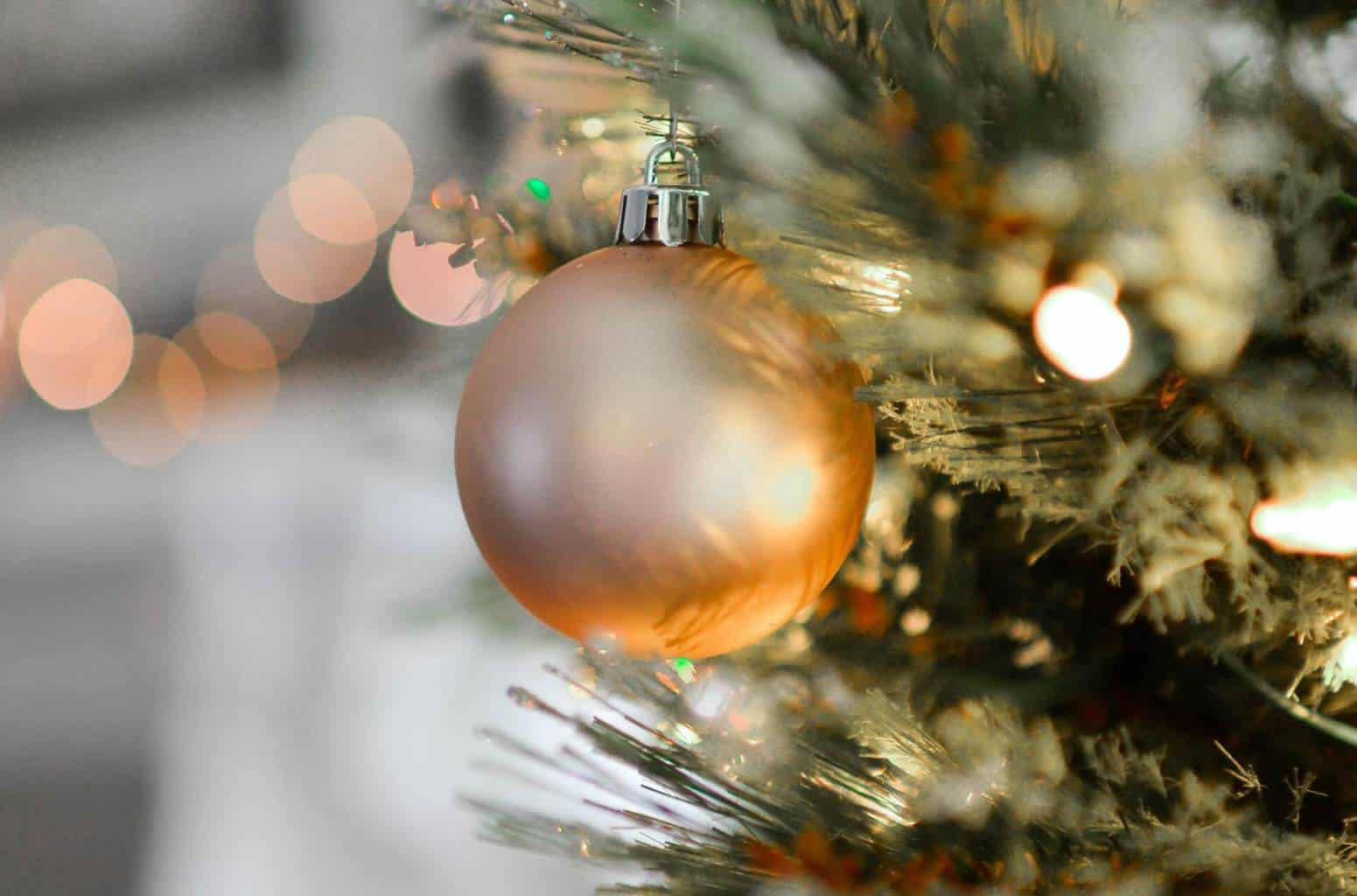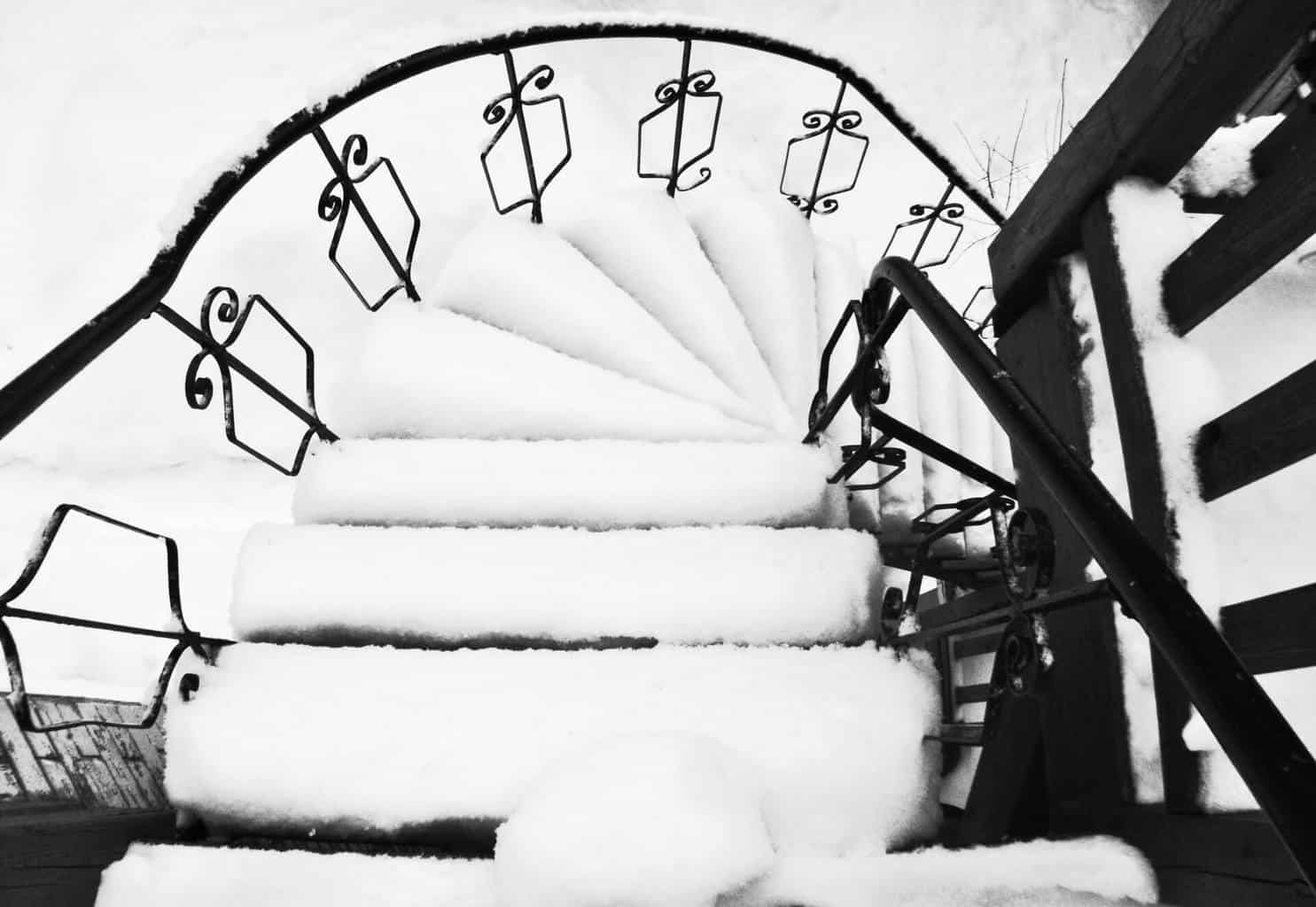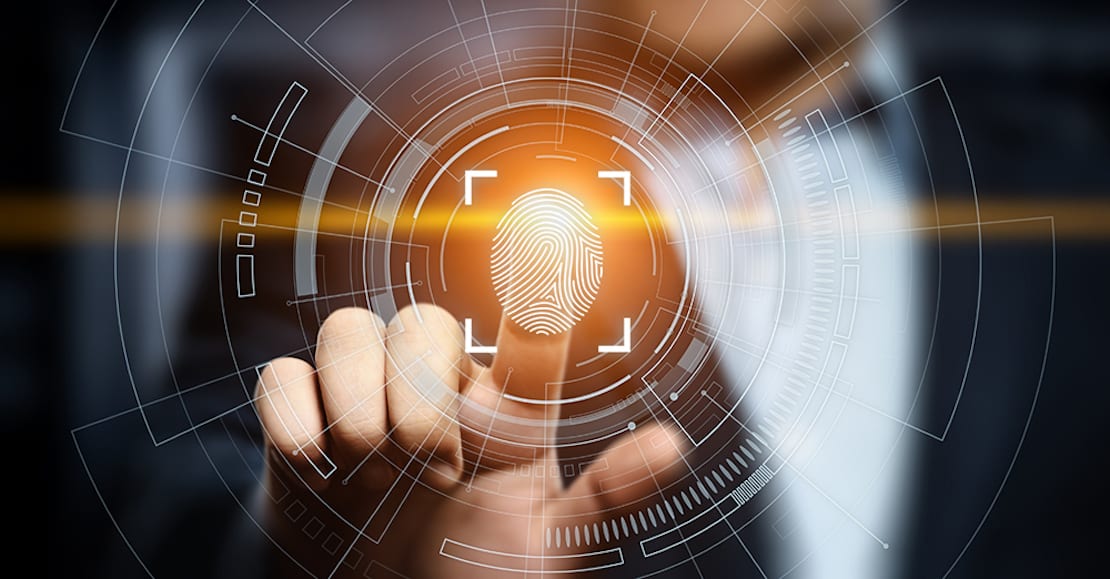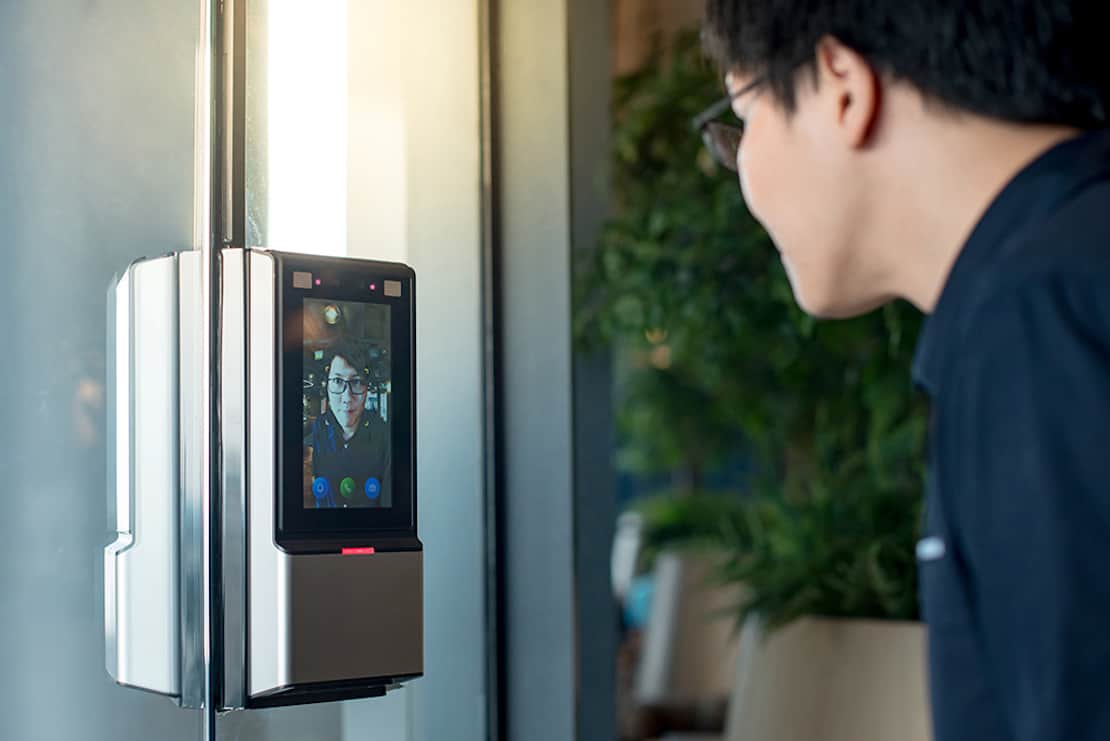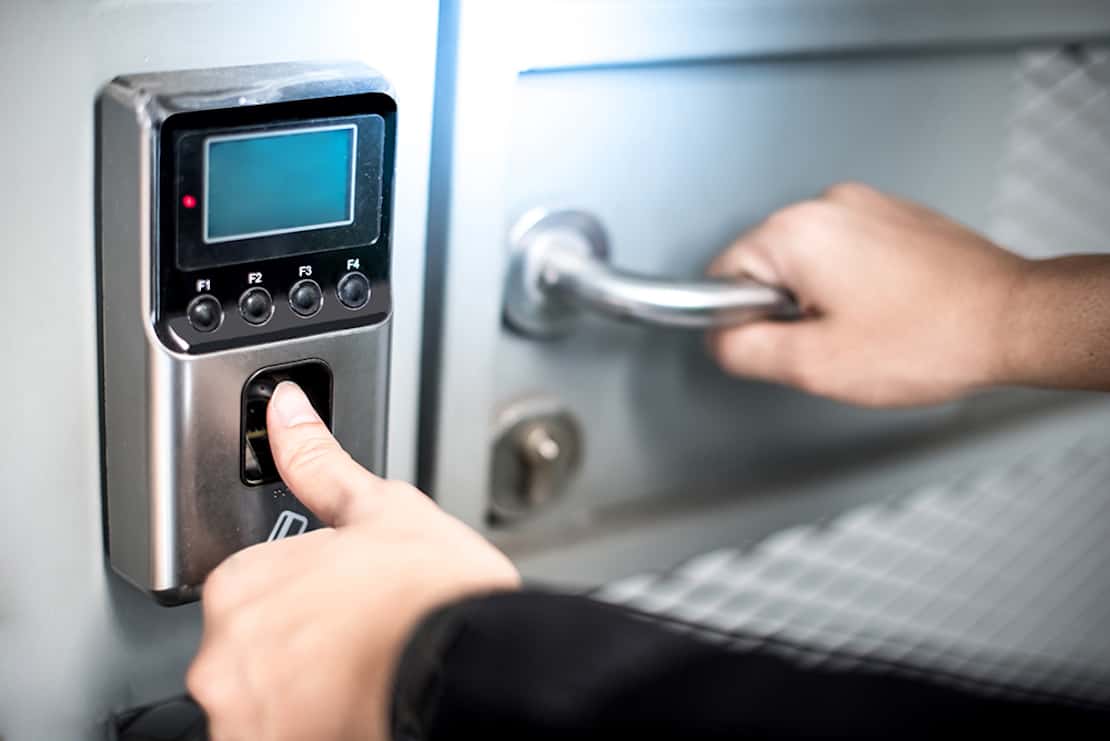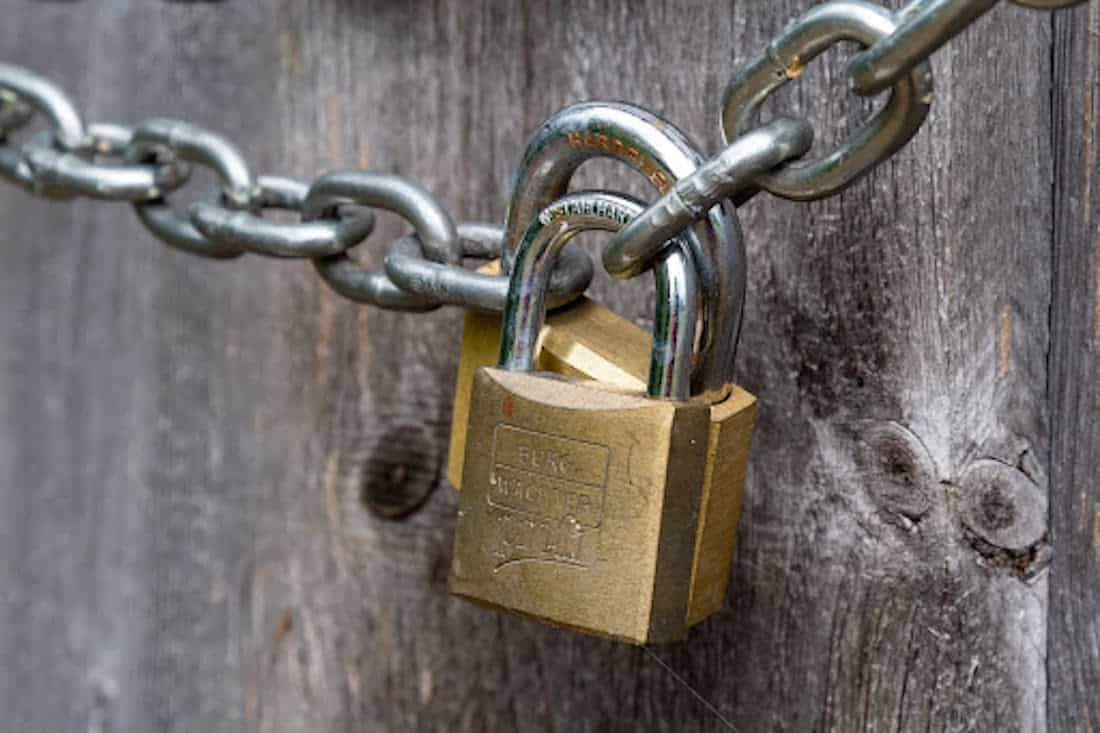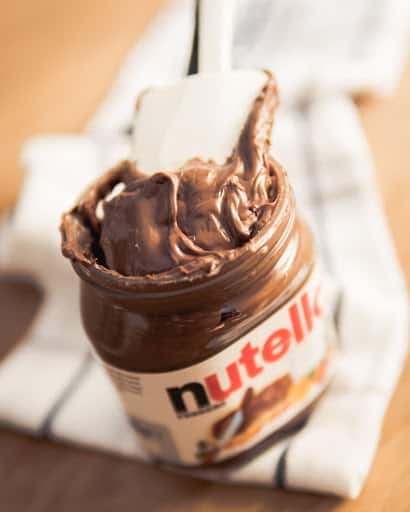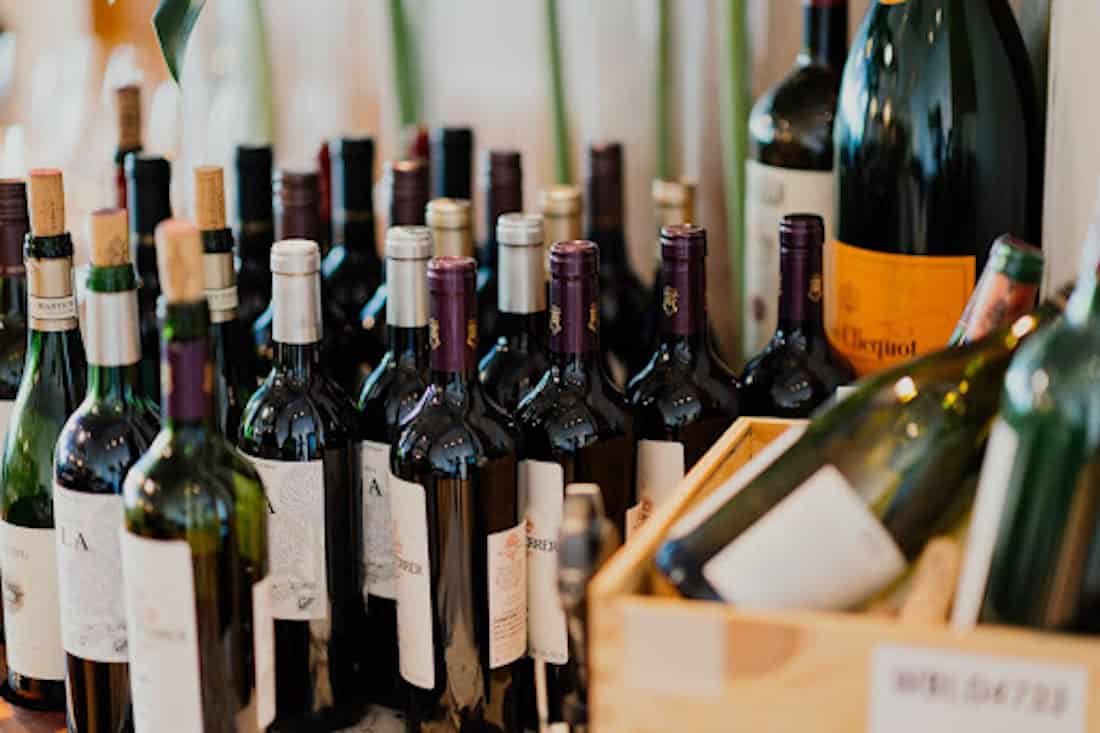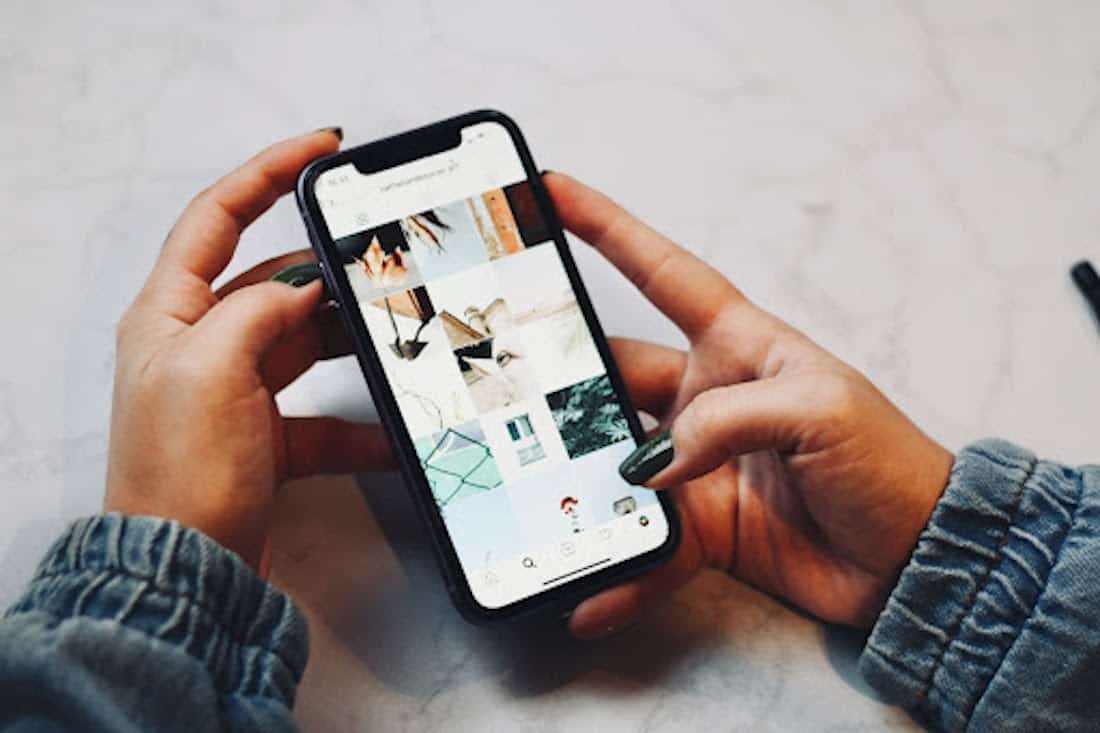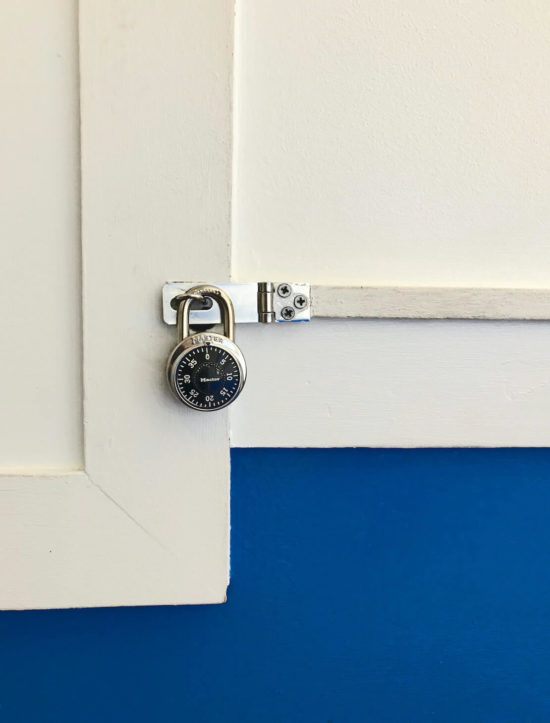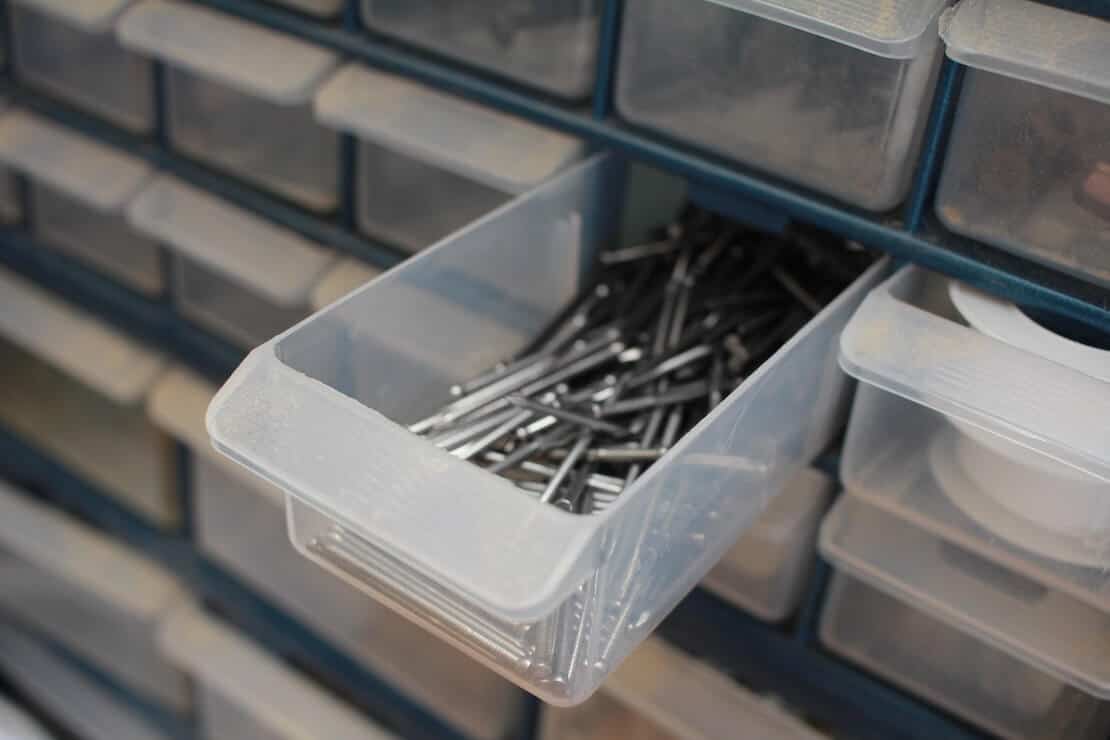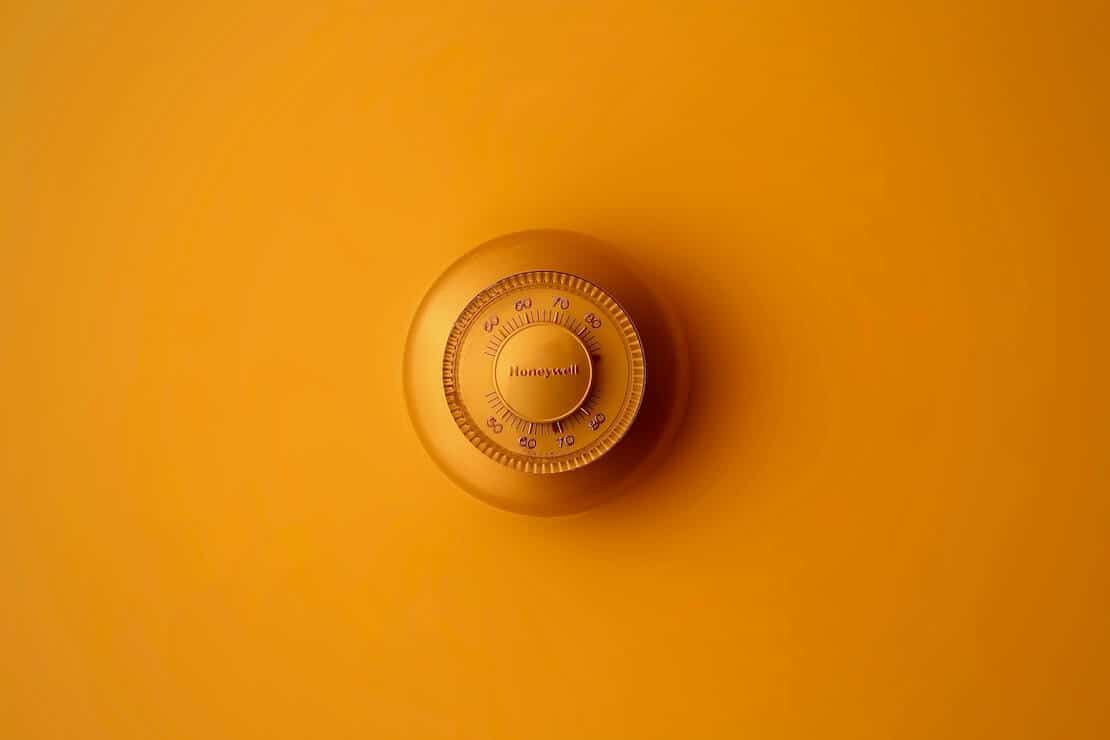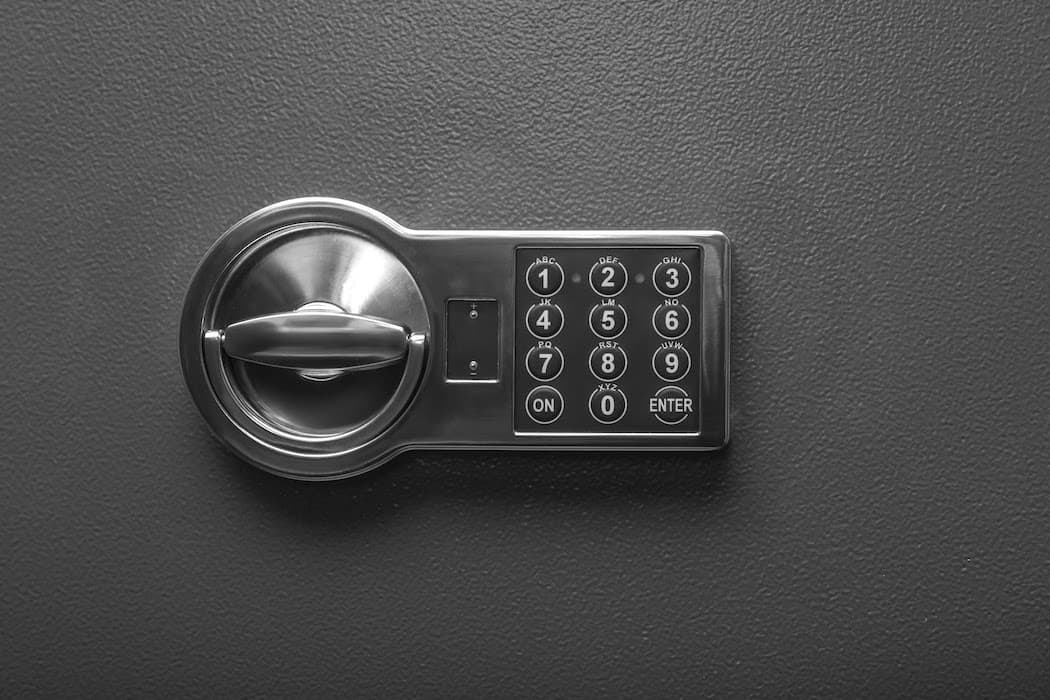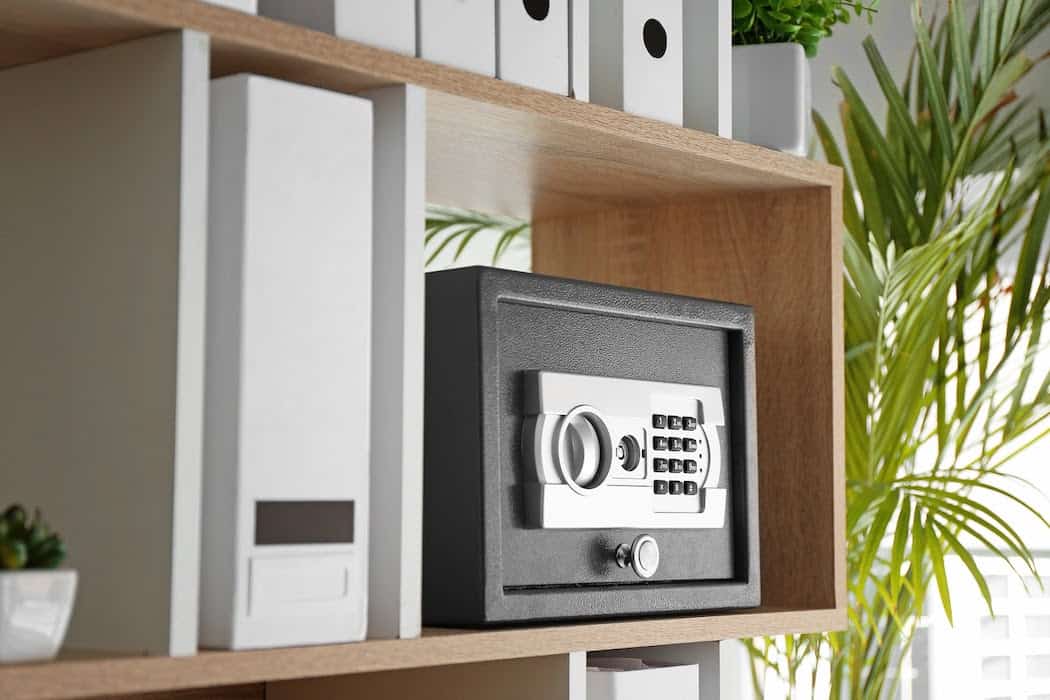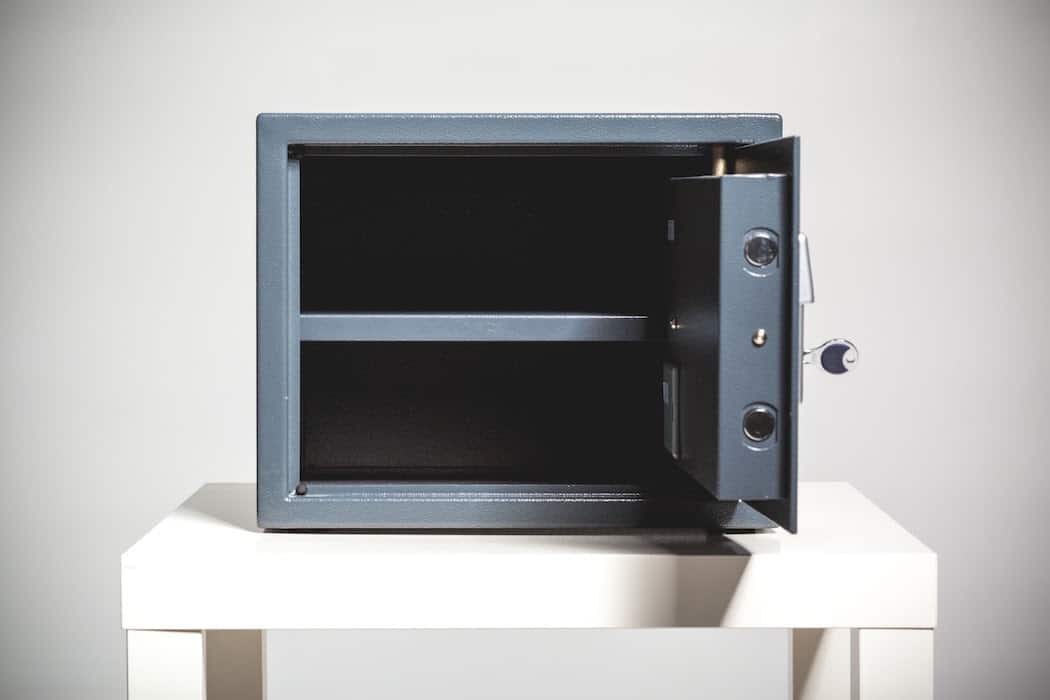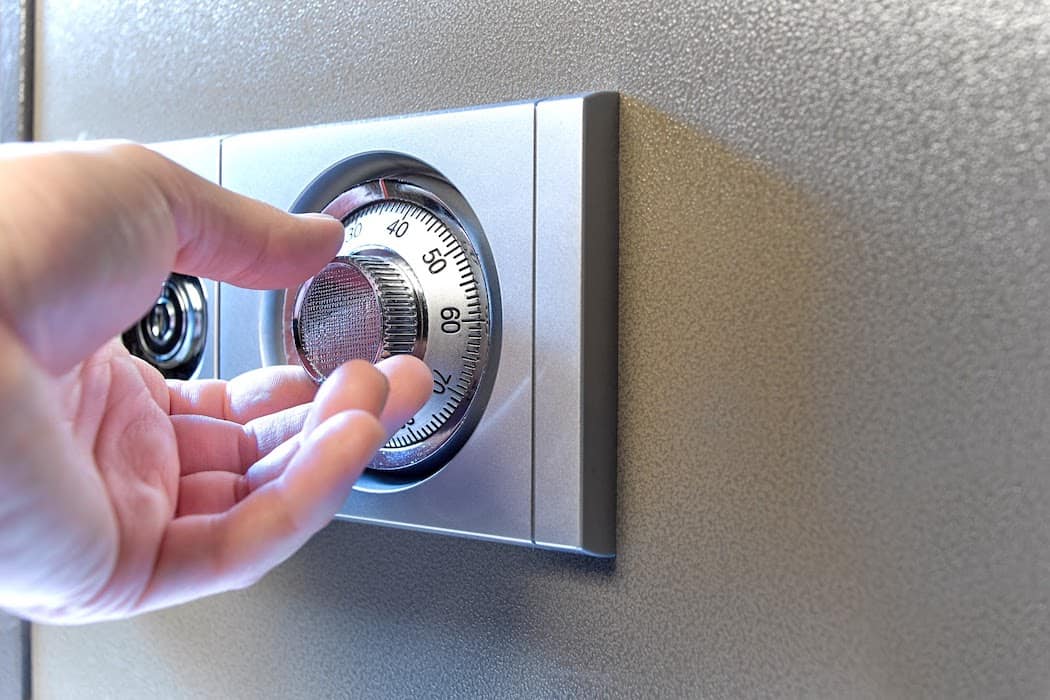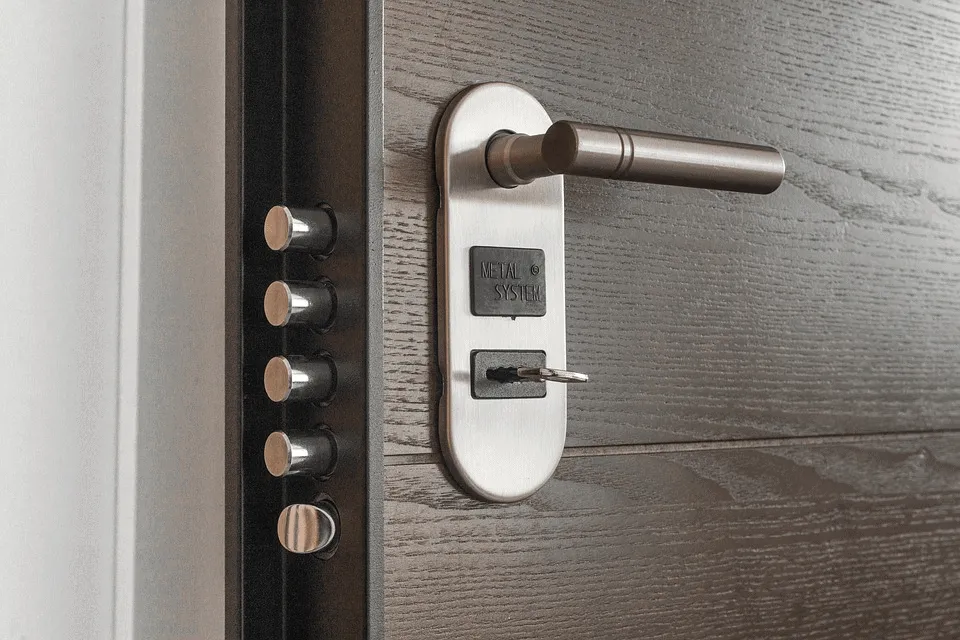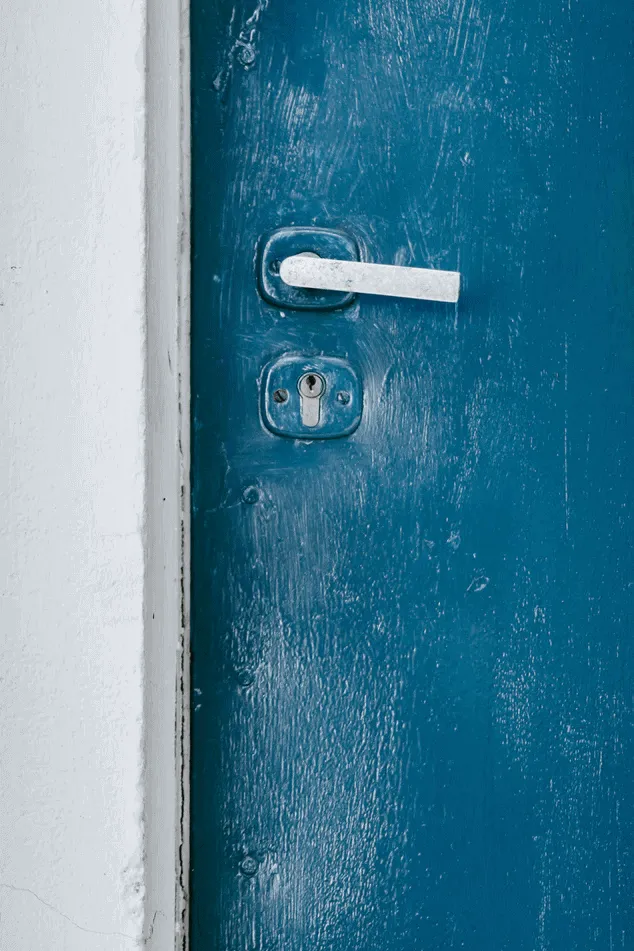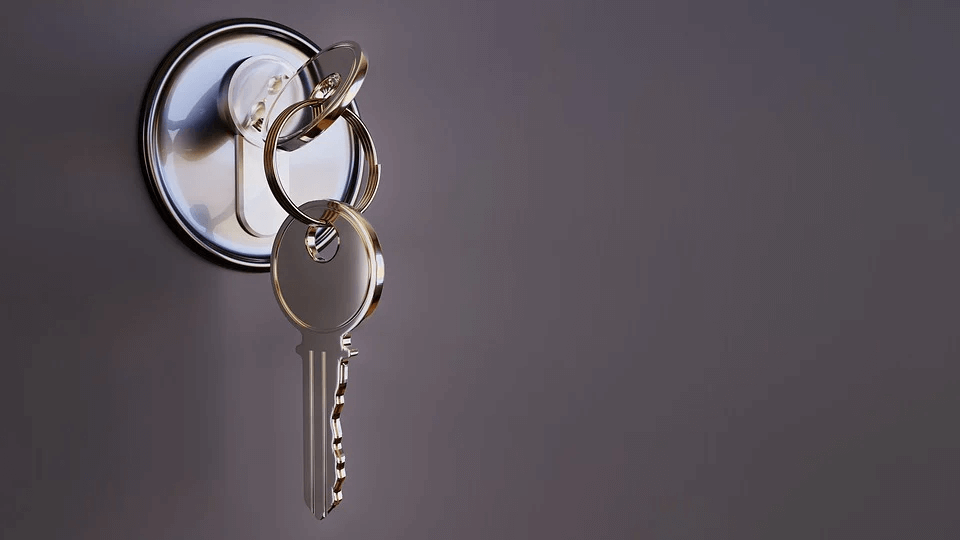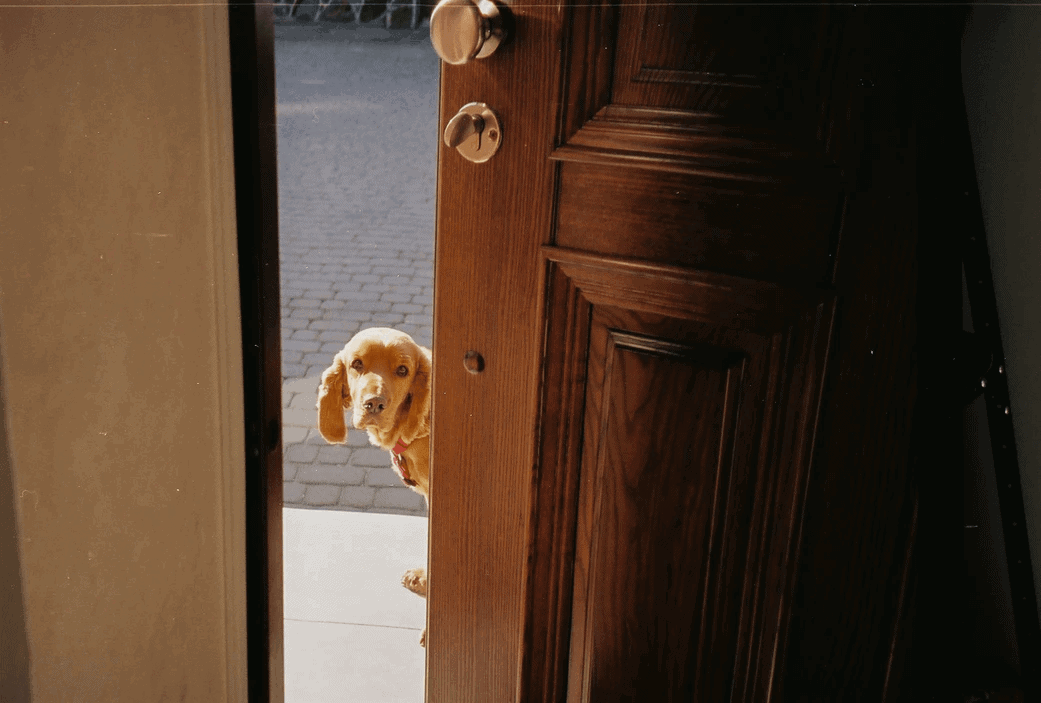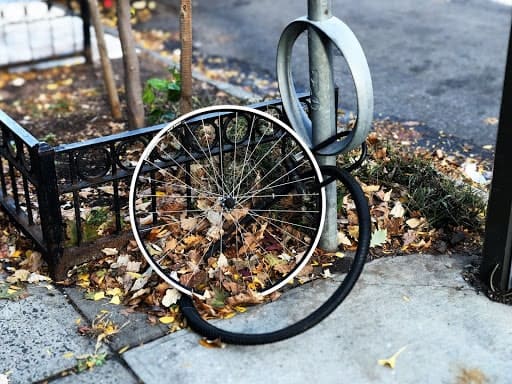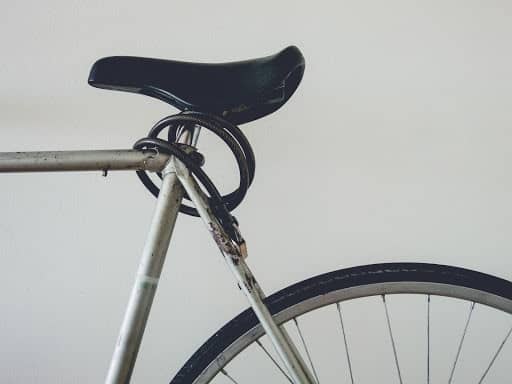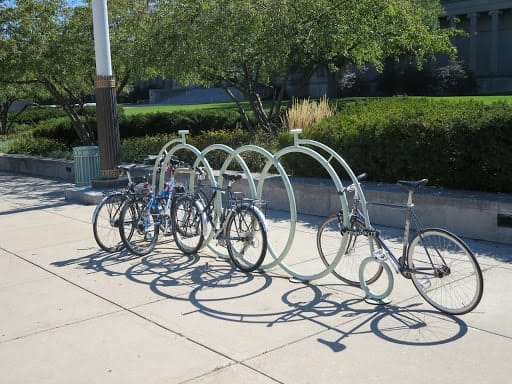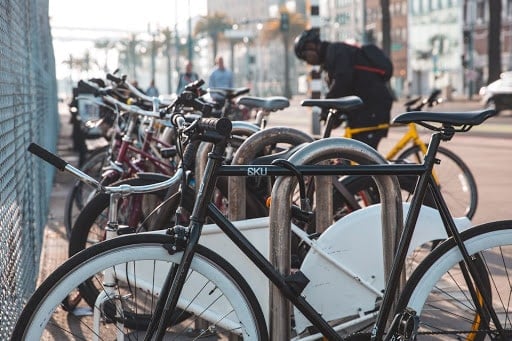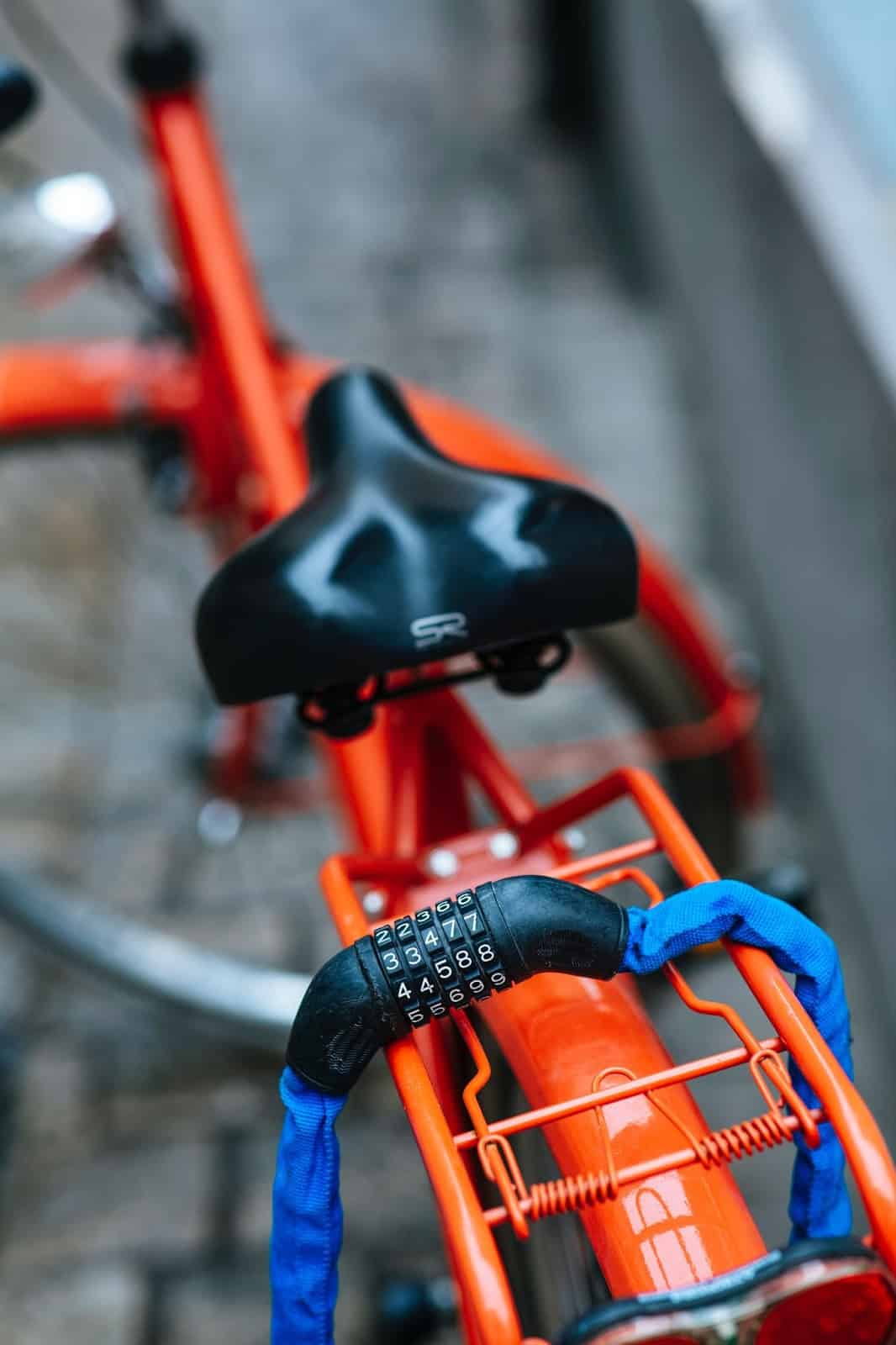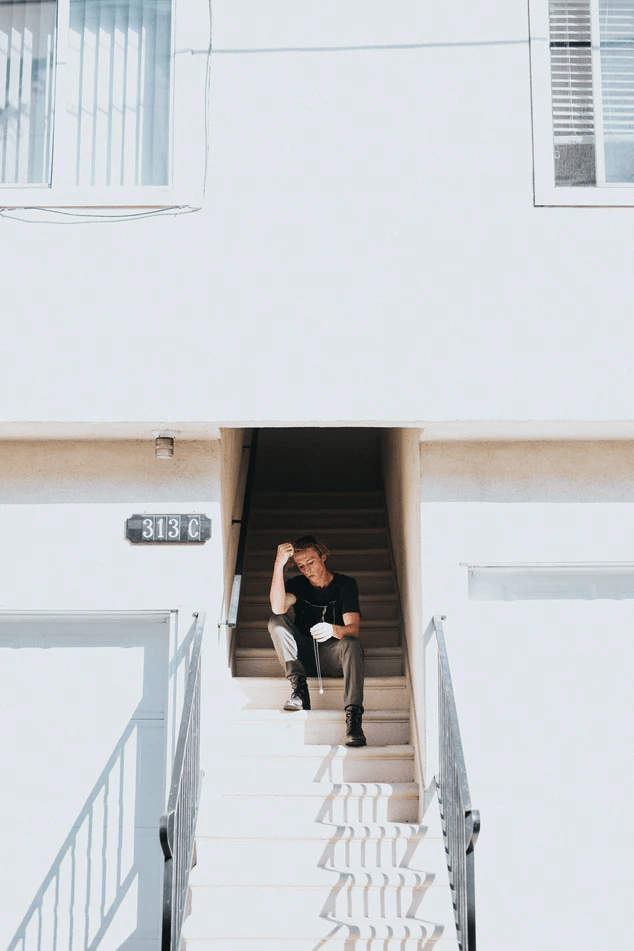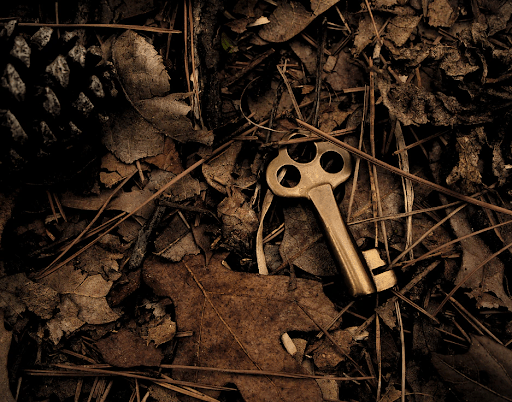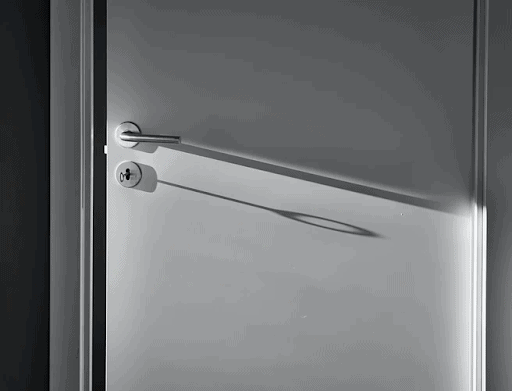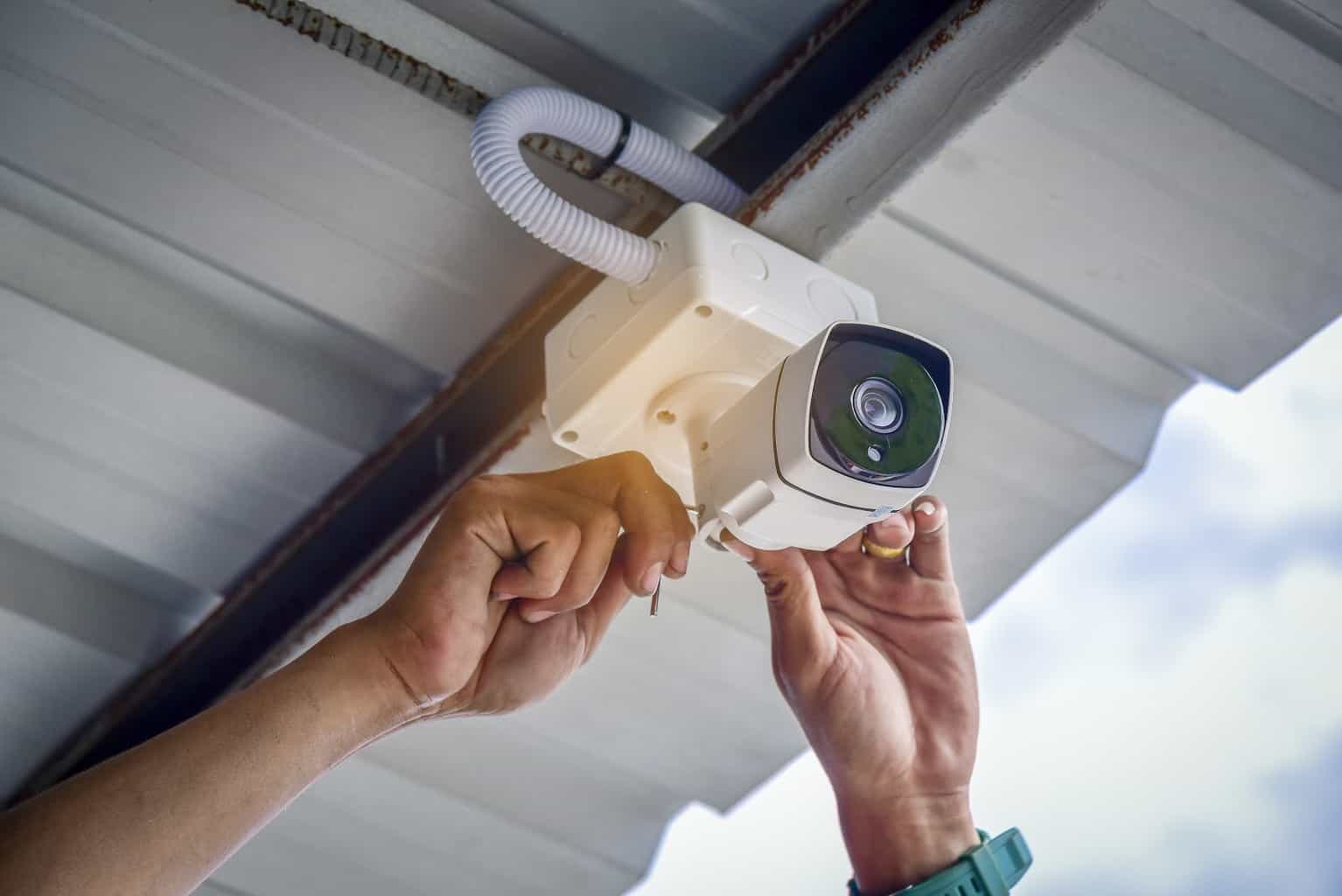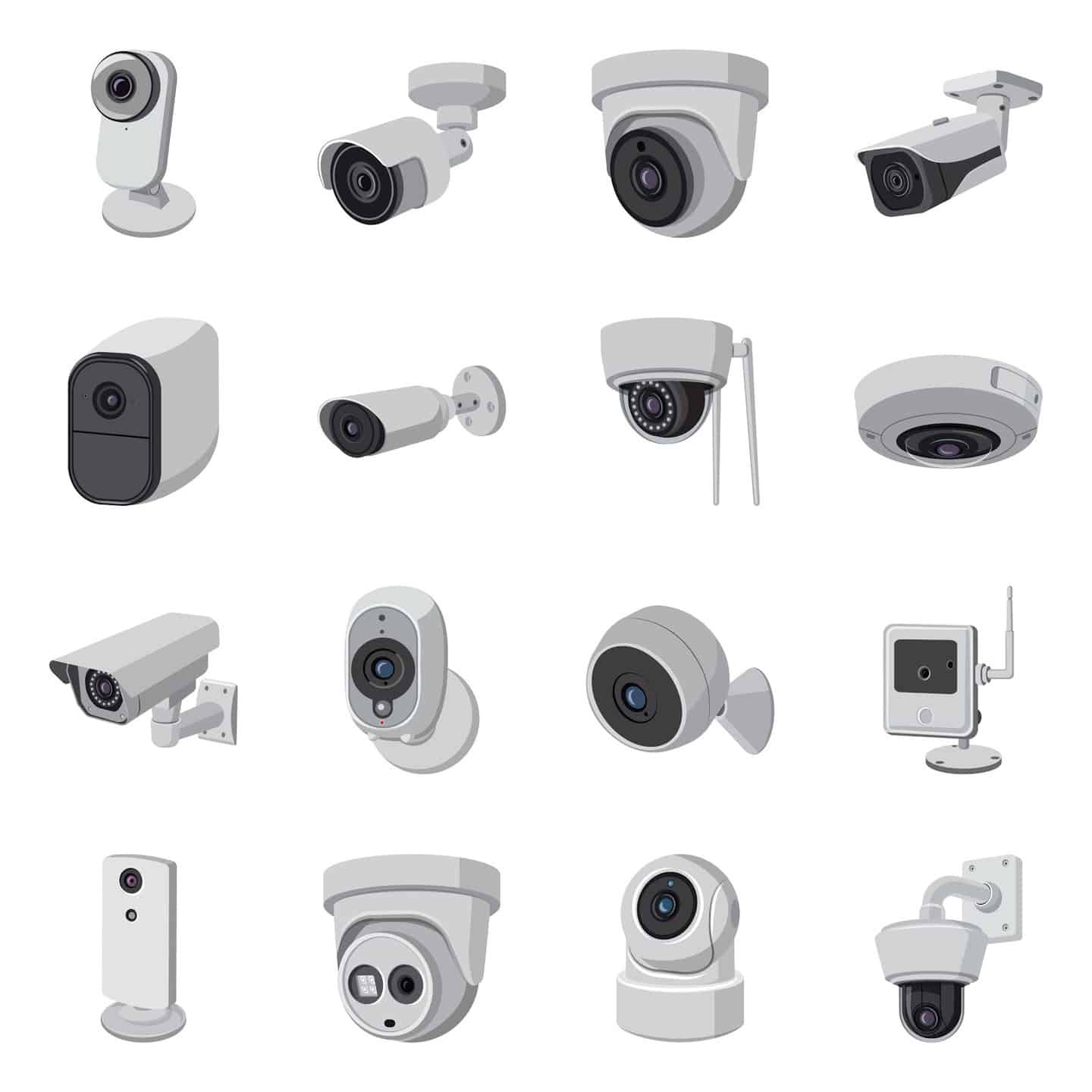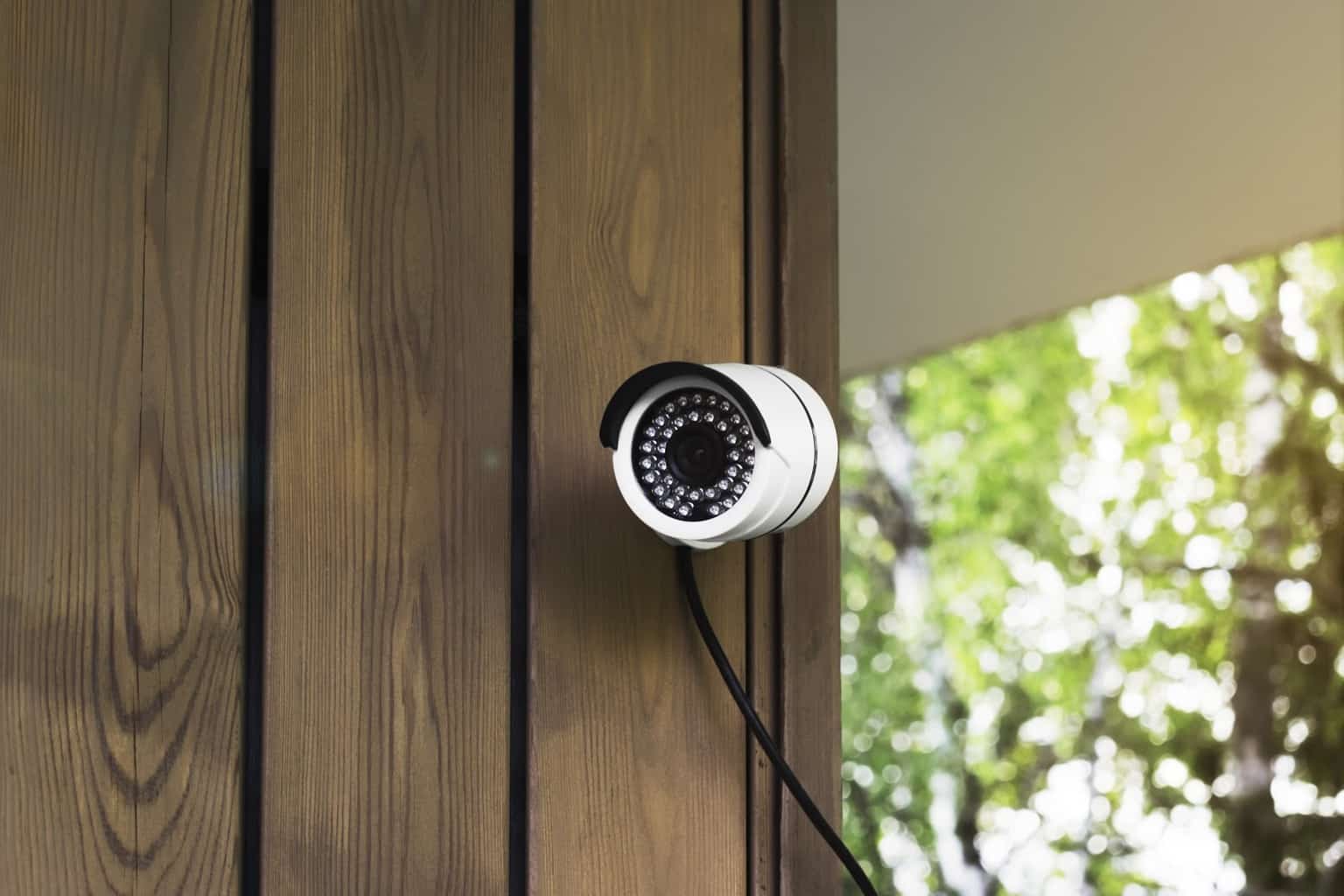
Today’s world of social media has made it easier than ever before for people everywhere to stay connected with one another, despite geographic boundaries. It also means that there are more opportunities online for criminals who seek out information on Facebook, Twitter, Instagram and other platforms to burglarize homes or commit crimes while victims are away traveling or enjoying time off.
In fact, did you know that nearly 80% of burglars use social media to target their victims?
By posting too much about your life online, you may be unknowingly giving away too much information regarding your whereabouts that criminals can use to target you and your family.
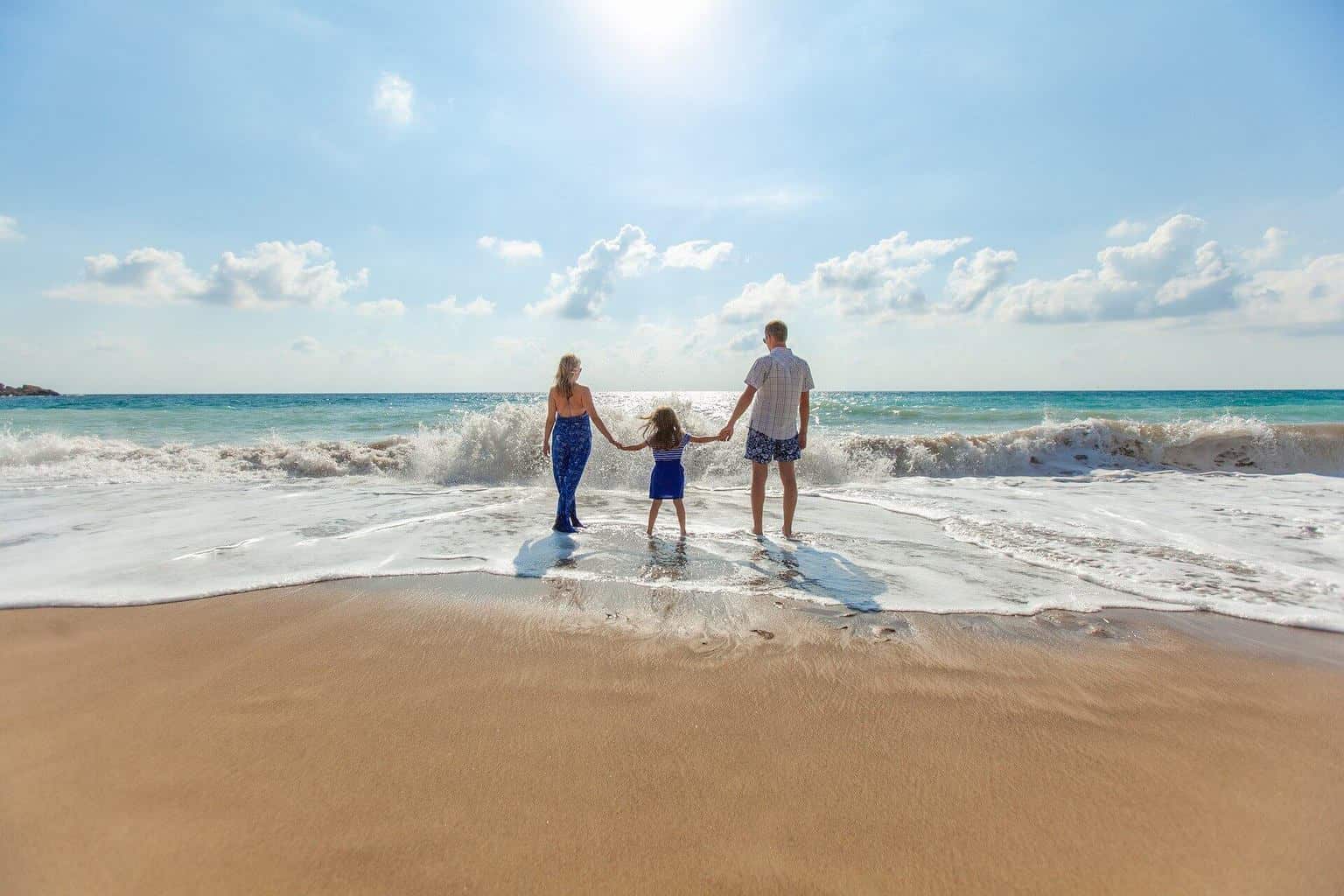
Posting About Vacations
For example, by posting about your upcoming trip to Hawaii on social media channels while you are at the airport waiting for a flight, it is possible that potential criminals can observe this information. This person may know when you will be away from home and choose to burglarize or steal items in order to capitalize on this opportunity.
Additionally, if these posts continue once you have arrived at your destination (such as images of you and friends frolicking on the beach with drinks), this could indicate that no one else is currently staying in the house, which would make it easier for someone who wants to burglarize or commit other crimes there without getting caught.
Monitoring your online activity before and during your trip is a good way to protect yourself from burglars, especially in the summer months, when more people use social media sites to post about their vacations.
What To Do Instead
Delaying your posts until after you have returned home is a great way of protecting yourself and your family so that your home and belongings are protected while away on vacation or a trip. If possible, it may also be helpful to refrain from posting any pictures of an empty house with indications such as, “I’m off to Hawaii today! Wish me luck! I will update everyone once I land. 🙂 xoxo” online if there are no plans for anyone else (including friends) to stay at this location during this period of time.
Even when you’re not on vacation you should still be wary about what you post on social media. If you’re going on a business trip, or even just staying with friends for the weekend, resist the urge to tweet about your location and where you are headed.
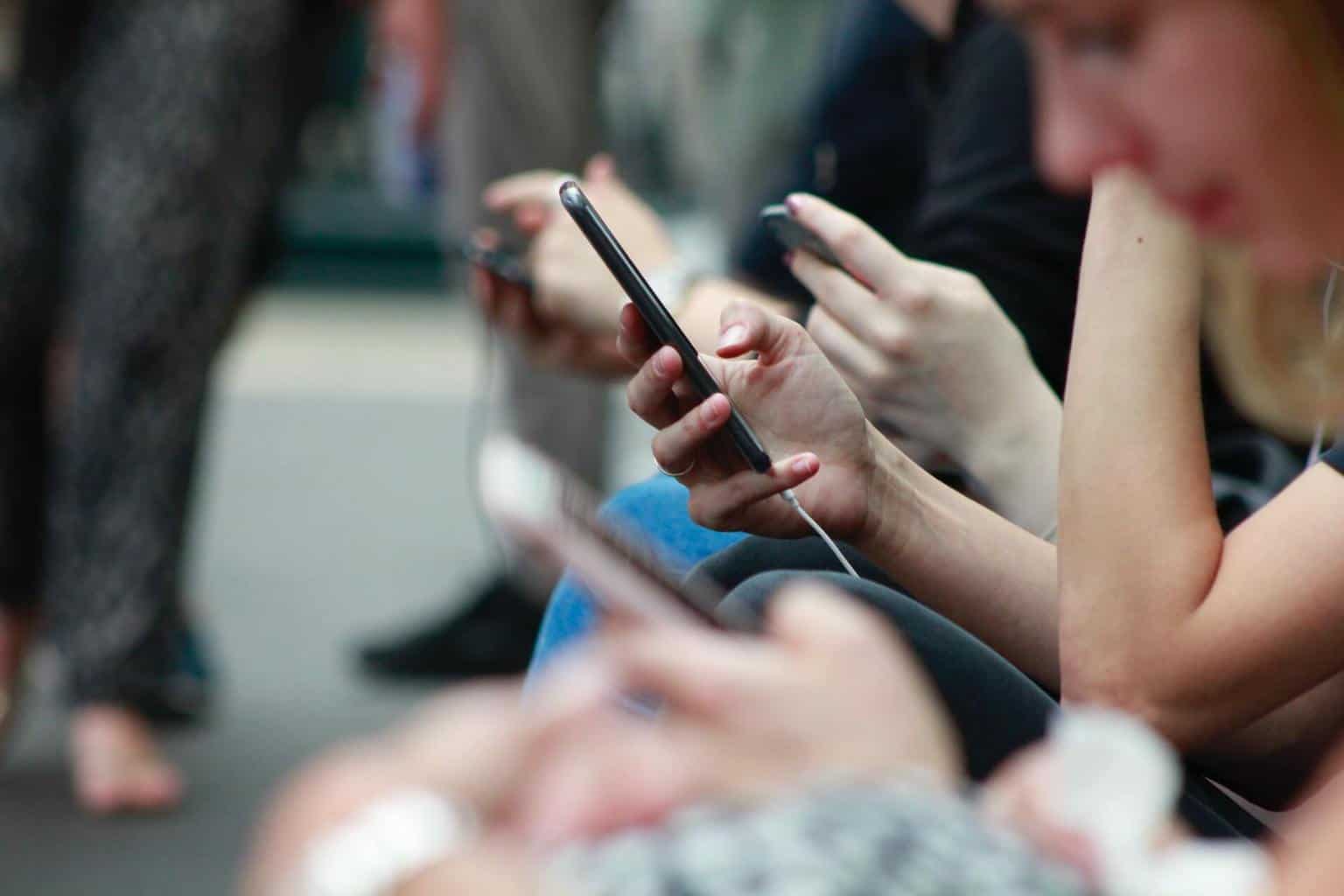
Protect Your Profiles
Another way to protect your home and family is to change the privacy settings of your profiles to ensure that your posts are only visible to friends. This can help to keep burglars away from your home because their ability to burglarize or steal items is hindered if they do not know when you will be gone, how long for, and other details about the property.
Almost every social media platform allows for private profiles. This not only lets you keep your plans safe from the wandering eyes of criminals, but also lets you vet anyone who tries to follow you prior to giving them access to your personal life.
It’s Not Just About Vacations
In the same way that posting about your location can be dangerous, posting too much about your day-to-day life, family, and friends can put them at risk. For example, if you continually post about your childrens’ school events or trips, this can give burglars, or even kidnappers, too much information. They will know when you are typically home throughout the day, what school your child or children attend, and may even be able to find out what kind of car you drive.
Even though we live in an age of online sharing where everything seems like it should be public knowledge, taking precautions such as delaying posts about certain aspects of your life (such as vacation plans) until after you have returned home will help protect you and those close to you from becoming victims of crime while away on trips or vacations.

